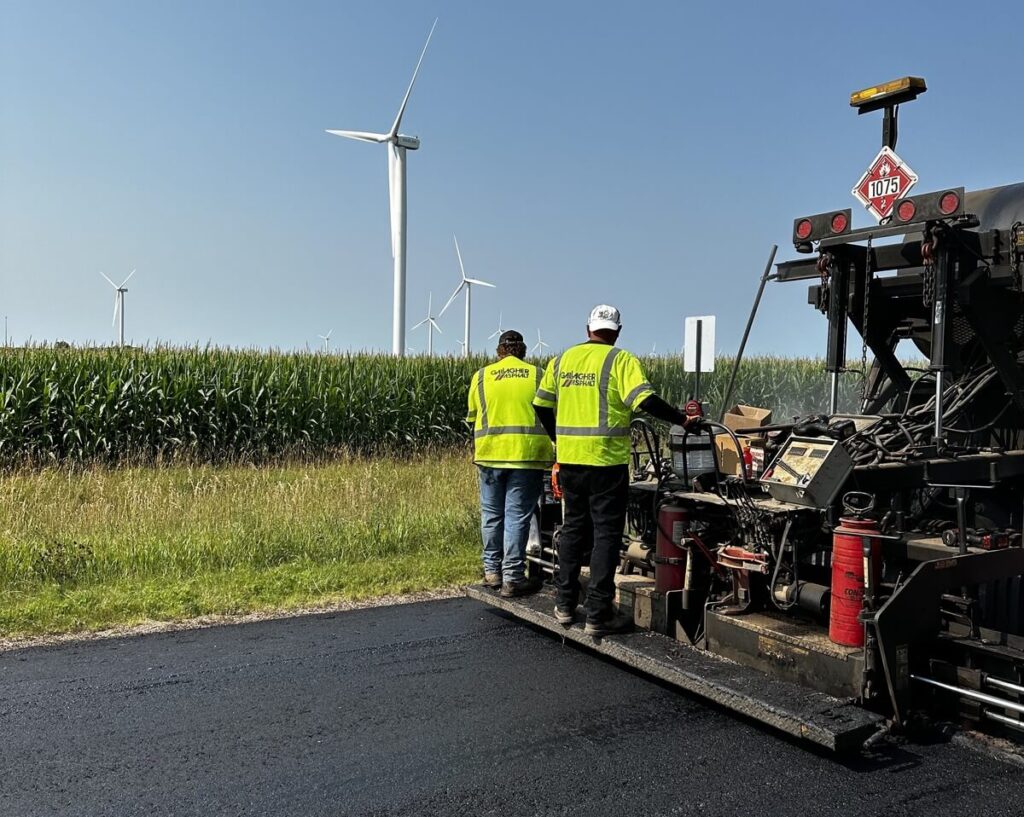Hot In-Place Recycling
The Cost-Effective Process for
Sustainable Infrastructure
Quality road resurfacing at a fraction of the cost of traditional methods.
Building and Recycling Roads for Over 95 Years
Hot-In-Place Recycling is an on-site, in place, pavement rehabilitation method that consists of heating, scarifying, mixing, placing and recompacting existing bituminous pavement. As industry leaders, Gallagher Asphalt’s commitment to Safety, Quality, and Innovation allows us to set the standards in the world of Hot In-Place Recycling (HIR).
Connected Networks and Collaborations
We’re involved with a number of local, state, and national organizations that support the Asphalt and Road Construction Industry.
NACE
National Association of County Engineers (NACE) – Corporate Member 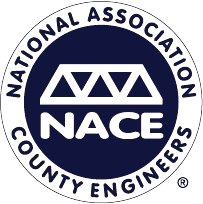
APWA
American Public Works Association (APWA) 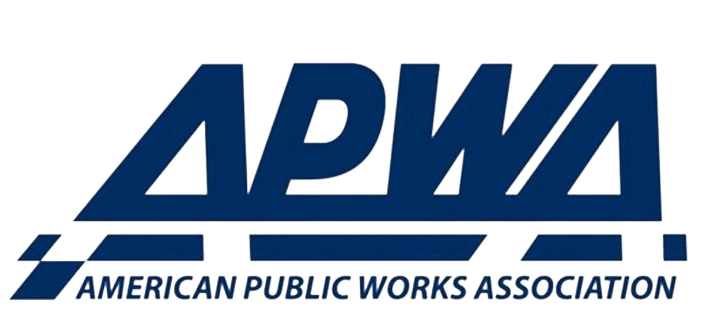
ARRA
Asphalt Recycling & Reclamation Association (ARRA) 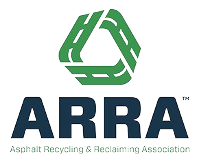
NAPA
National Asphalt Pavement Association (NAPA) 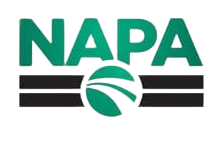
Statistics and Figures
Our proven impact reaches far beyond roads time and time again.
Miles Recycled
+3,500 Miles
Our HIR team has recycled more than 3,500 miles of road over the past decades. Thats more recycled pavement than a road trip from New York City to San Francisco.
CARBON FOOTPRINT REDUCTION
28%
Hot in Place Recycling technology reduces the overall carbon footprint by 28% versus conventional “Mill & Fill” resurfacing and reduces overall trucking needs by 50-100%.
Download the comparison study.
SAVINGS OFFERED
20-40%
Hot In Place Recycling provides cost savings to each project.
Invest in a Long Term Solution, Not a Quick-Fix
When you recycle your roads, you’re improving the durability and resilience of your infrastructure.
COST-EFFECTIVE
As costs rise rapidly, Hot In –Place recycling allows you to achieve greater road rehabilitation while staying within your budget. Maximize the value of your existing materials for optimal and budget friendly results, ensuring a high-quality outcome of your roadway.
Extended Road Life
Hot In-Place provides opportunity. Using the same budgeted dollars as usual. Hot In-Place can extend your road’s life while allowing you the freedom to perform appropriate Asset Management on other areas of the community. When we are complete, your roads will live for the same lifespan as normal roadway fixes, but you have more money in your budget to manage other assets.
Time-saving
We complete a lane-mile a day with no road closures. Flaggers direct traffic around our operation so the road is never closed. Once we come onsite, we do not leave until the job is complete.
REDUCES CONGESTION
The HIR process reduces the number of trucks needed compared to a “traditional” mill & overlay process. Reducing up to 80% of trucks on a project decreases traffic congestion for motoring public, cuts down public complaints, and mitigates scheduling conflicts by reducing the number of steps to get your project completed.
SUSTAINABILITY
HIR reduces the carbon footprint by 28% by having fewer trucks on the road hauling materials, and less new material production.
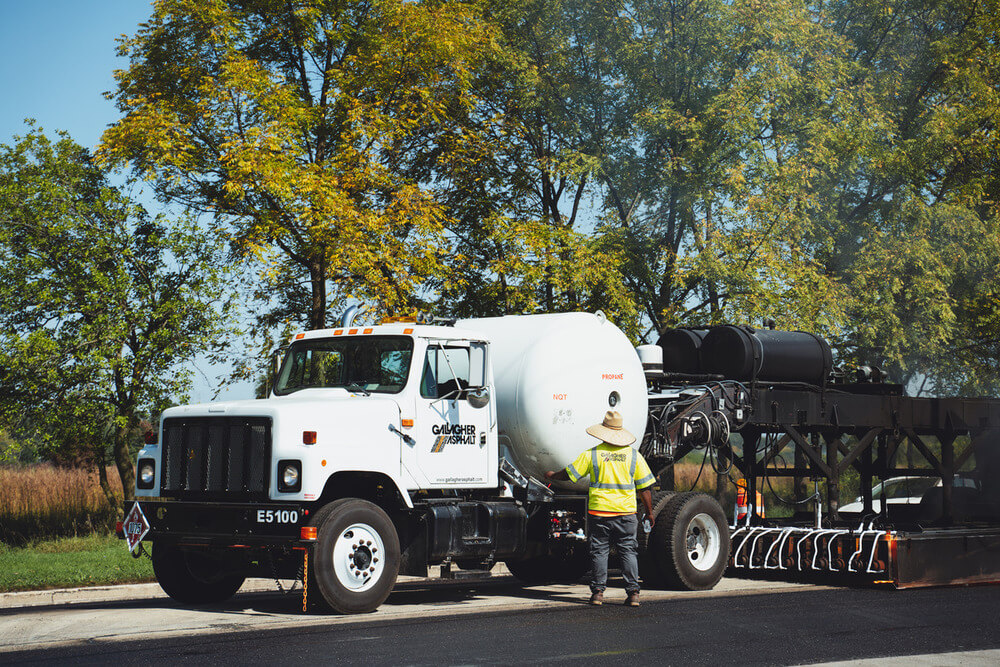
Our Customers’ Experiences
With the ever-growing interest from Local Agencies in alternative road treatment methods, due to rising material and construction costs, our County has had a growing interest in HIR. Whether it be construction methods, design inquiries, or material testing. Gallagher has been both proactive and transparent in providing the needed coordination, testing reports, and knowledge from many of their key staff for the correct determination of Hot In-Place treatment and methods on our roadways.
Hot In-Place construction saw consistent production with minimal disruption to traffic. McHenry County has been pleased with the results of the final product and look forward to using Hot In-Place as a cost savings rehabilitation tool in future contracts.
Hot In-Place construction saw consistent production with minimal disruption to traffic. McHenry County has been pleased with the results of the final product and look forward to using Hot In-Place as a cost savings rehabilitation tool in future contracts.
Jeremy StullMcHenry County DOT, Construction Manager
From start to finish, working with Gallagher Asphalt on our County HIR projects was phenomenal. The
staff is extremely knowledgeable and went the extra mile to help ensure the roads we were proposing were great candidates for their HIR process. The construction crews were professional, knowledgeable,
and efficient with their work and completed the process with minimal disruption to the traveling public. We completed a wide variety of roads over two construction seasons (2022,2023) from urban to rural cross-sections as well as 19 miles of shoulder/bike lane section and 28 miles of roadways. Hot in place recycling allowed us as a County to pave many more miles with the limited budget we had compared to traditional pavement resurfacing methods, which made a greater impact on our roadway network system. As a small County with limited resources, HIR was a perfect solution to give our roadways life back without breaking the bank and the end results exceeded expectations.
Teal SpellmanDirector of Public Works for Village of Bellevue
Our 26 miles of Hot In-Place recycled roads that Gallagher has built for us over the last 5 years are incredibly smooth and continue to perform well. It has been a very cost-effective way for us to
rehabilitate the asphalt surface without hauling anything in or out of the project. Another great tool in
our toolbox for fixing roads in Champaign County.
Jeff BlueCounty Engineer of Champaign County, IL
“Gallagher Asphalt, the leader in innovative paving in the Chicago Southland, has been utilizing the process of ‘energy efficient paving’ long before it became glamorous. Hot In-Place Recycling has been the method of choice for savings for many of our clients, and with the latest economic impacts on the world’s oil markets, the past 20% savings are now pushing 50%. That savings allows us to pave many more miles per dollar invested.”
Chris King, P.E.,Robinson Engineering, South Holland, IL"
“I went out there and looked at the process and it’s a wonderful process. We had an old subdivision where the road was all broken up. This procedure melts the pavement that’s there and levels out the road, and then we put asphalt on top of it, and that’s the smoothest road I’ve ever ridden on. That sold me on the process. This is a new tool that Cobb County has to work with.”
Joe Thompson,Commissioner, Cobb County, GA
Stay Informed with our Newsletter
Sign up for our newsletter to enjoy free marketing tips, inspirations, and more.

Frequently asked questions
Have a question that’s not listed here? Don’t hesitate to reach out to us. We’ll get back to you promptly.
It can actually make future maintenance easier since it creates a more uniform and seamless surface
Yes, the operations are often done during off-peak hours, including night-time.
The ideal weather conditions are dry and warm, but due to the advanced technology, it can expand the range of suitable weather conditions.
The maintenance is the same as for any asphalt repaving method, but it’s needed less frequently due to the improved quality of the recycled pavement.


